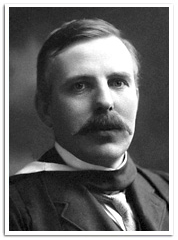Metallic:
From left to right across the table are metallic to non-metallic, which are metal to non-metal-As they going down, they will be more likely metal.
Atomic Radius:
The Atomic radius will decrease from the left to right,
and increase from the top to bottom.
Reactivity:
The reactivity is increasing from the middle to left and right,
- from the top to the bottom in metallic group
- from the bottom to the top in non-metallic group
Melting and Boiling Point:
The middle of the periodic table has the highest melting point,
and it'll gradually decrease from the middle to the right and left side of the periodic table.
Ionization energy: (energy needed to be removed)
Ionization energy increases from the left bottom to the top, and from the left to the right.
Basically, Fr has the lowest ionization energy and He has the highest.
Electronegativity:
The Electronegativity increases from the left bottom to the top, and from the left to the right.
- its trend are same as ionization energy !

















